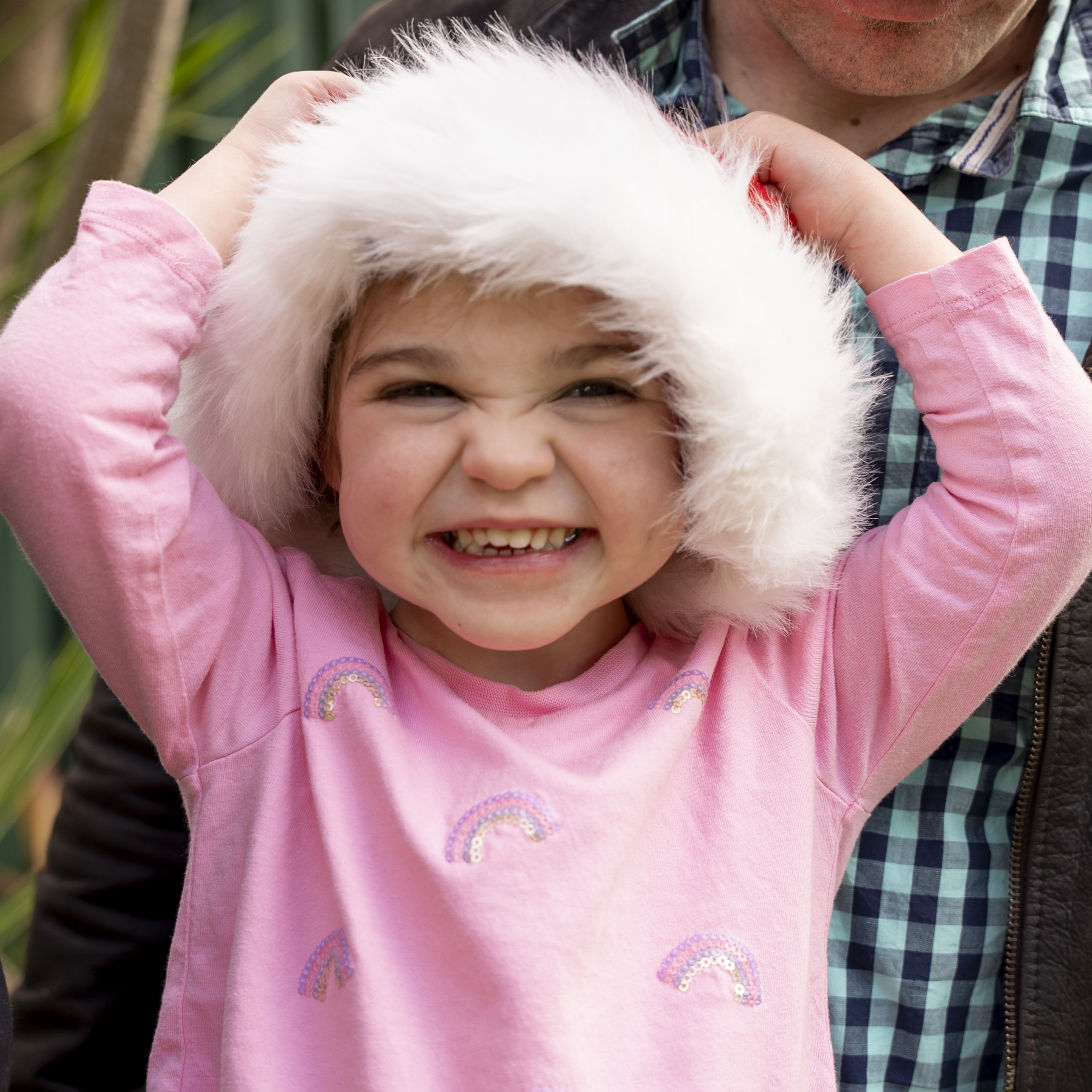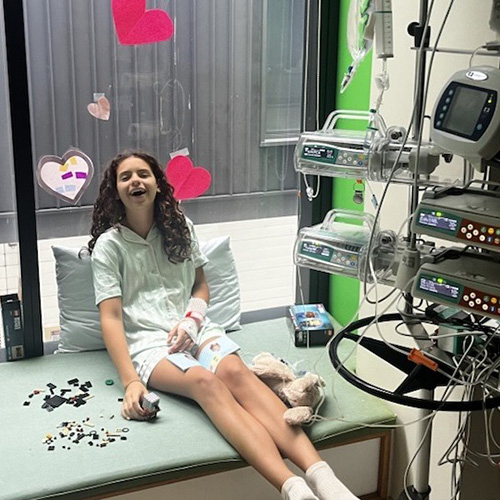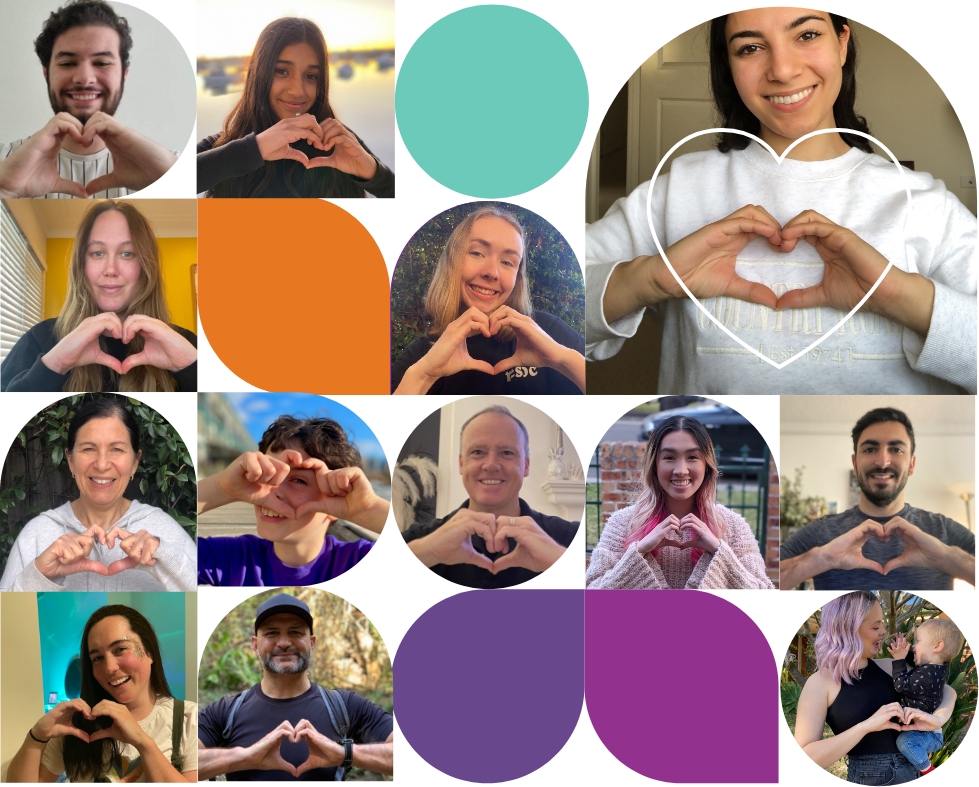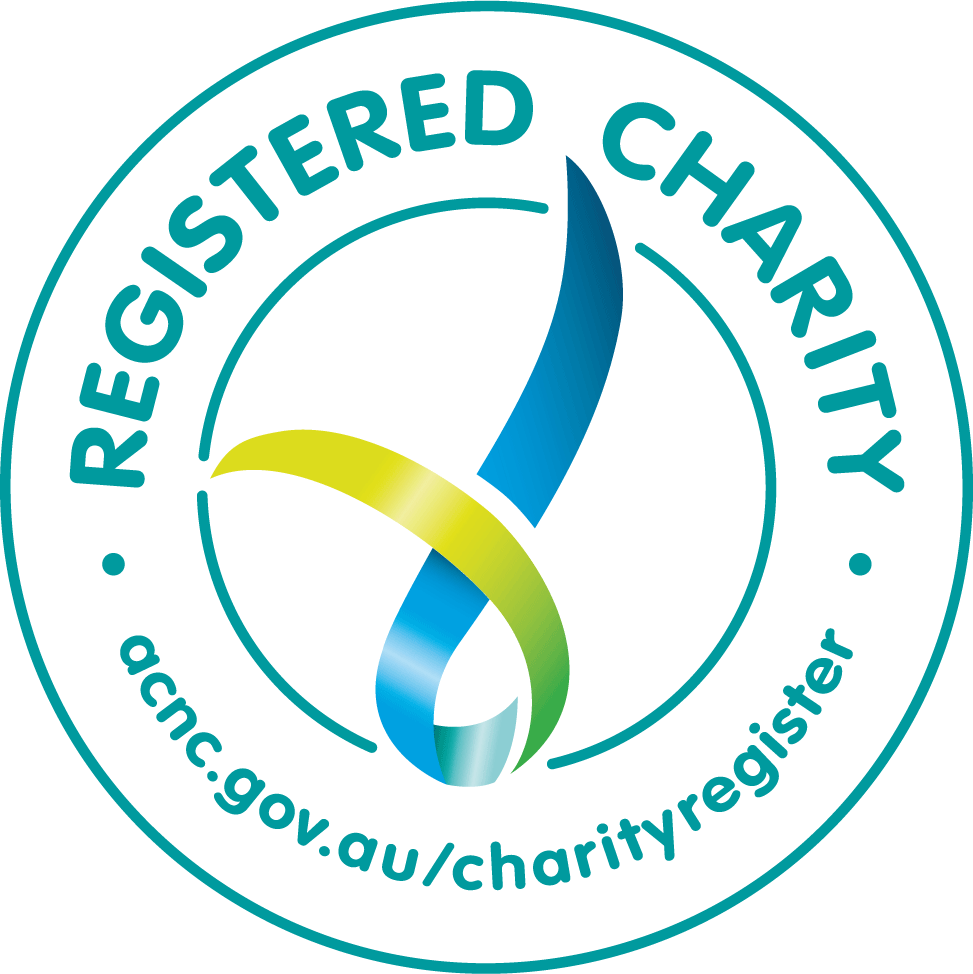For any child, preparing for surgery can be a nerve-wracking time. It’s an experience that’s out of the norm for most children, and staff at The Children’s Hospital at Westmead work as a team to help kids feel safe and comfortable.
For non-neurotypical kids, however – children with autism, sensory processing disorders or other neurodevelopmental issues – the experience can be traumatic.
“The world is very different for them, the way they look at it, the way they see it,” says Dr De Lima, a paediatric anaesthetist. “Any change from routine or from the familiar, is threatening for them and becomes very stressful. These kids are already stressed coming into the building, so bringing them into a crowded waiting room that is even more stressful. They don’t know what’s happening or why they’re even there.
“The anxiety and fear builds up continuously, and it escalates, and by the time the anaesthetist starts to get to know the child, this child may well be entirely escalated beyond engaging with anyone around them.”
Several years ago, after one such experience Dr De Lima recalls that he turned to his colleague with a challenge:
“There has got to be a better way. Wouldn’t it be nice if patients could go from the car, directly into an anaesthetic bay, avoiding the front entrance of the building and avoiding the waiting rooms.”
So, this is exactly what they did. A direct route from the carpark to the adjacent anaesthetics bay.
The first trial was a success, and so came the beginning of ‘The Quiet Pathway’ - a service for neurodivergent children to prepare for and attend surgery in a way that works to their needs.
Anna is one of Dr De Lima’s patients.
Anna is a fun and cheeky 15-year-old with complex medical needs. Her diagnoses include autism and profound intellectual disabilities, as well as epilepsy and physical disabilities. Intellectually she is placed around 15-18 months of age.
“Anna loves nature, she loves going out for drives in nature and going in her wheelchair in nature, preferably at speed,” says her mum, Sarah, “She needs 24/7 support. She doesn’t have a formal method of communication. She is very vulnerable and very dependent on her parents.”
Anna was introduced to The Quiet Pathway for her fifth surgery. Although her parents and medical teams had worked to make the previous experiences better each time for her, Sarah was amazed at how well the Pathway worked for Anna.
The first step was a phone call from The Quiet Pathway’s Special Kids Coordinator, a position funded by donors of Sydney Children’s Hospitals Foundation. The Special Kids Coordinator is designed to work as the link between the patient family and the Hospital.
“It started with phone calls and discussions about what sorts of things we could be doing while Annais under general anaesthetic so that we can reduce the number of times that she needs to have sedation and anaesthesia.” Sarah recalls.
“She also sent through a patient passport. What are the things that Anna would like to have known about her, what triggers her to be uncomfortable, how she can be best supported, and it was fabulous. We discussed if there was any extra medication Anna should be taking so that she would be more relaxed when she arrived. She suggested as well that I have a support worker with her sitting in the back seat.”
Anna arrived at the Hospital at 6.45AM, before any other children, and she was met by the Special Kids Coordinator who escorted her straight to a treatment room.
“We told her she was a VIP,” laughs Sarah. “It was quiet, we weren’t waiting in lines. We went straight through to the area where she would be having her anaesthesia.”
“She was able to have me and her support worker with her while she was going under, and it was just in a normal treatment room. She wasn’t being wheeled into theatres where it was quite obvious what was going to be happening. She had her iPad with her. She was holding my hand. It was beautiful,” remembers Sarah.
One of the roles of the Special Kids Coordinator is that they work with all the different specialties to reduce the number of times that kids need to attend surgeries.
“We cluster the cares together. In one morning, under one anaesthetic. If they need to see a dentist, have an MRI, see an ENT surgeon. That works brilliantly,” says Dr De Lima.
Under one anaesthetic, Anna had an MRI, an ENT exam, her feeding tube changed, an eye check which resulted in the discovery that she needed glasses, and a dental check.
“The only way we could get her to open her mouth for the dentist was to go with an occupational therapist,” says Sarah “It was getting to the point where we couldn’t do it anymore. So [in surgery] they were also able to do dental work for her.
“We got that done, and I was asked if there was anything else on the wish list. I said I would just so love to be able to wash her hair and trim her nails because she finds it really difficult. We manage it but it’s a lot of distress on her behalf for a little thing. So she had her hair washed and conditioned and a lovely comb and had her nail spa done.”
Having multiple treatments under the same general anaesthetic is hugely beneficial, not only to help spare Anna distress, but also to catch potential issues before they arise in kids who traditionally have been hard to routinely examine.
For Sarah, watching Anna’s experience was extremely positive.
“It was massive because on so many levels she has been working so hard for years to allow medical staff to do things that she finds really uncomfortable. She’s kind and she wants to be helpful. Now she’ll allow it to happen because she’s trusting people. The more she’s able to trust, the more that she’s able to allow people to do things that are uncomfortable or frightening.”
Anna’s surgery is one of 286 occasions The Quiet Pathway has been used for a patient attending surgery at The Children’s Hospital at Westmead over the last four years.
The Special Kids Coordinator position, a key part of The Quiet Pathway, is funded by donors of Sydney Children’s Hospitals Foundation, and Dr De Lima is grateful for the impact of these donations.
“Donating to paediatrics is just a fantastic thing to do. It’s the future of the nation. We have to invest in our kids and what we get back for such a small investment pays off 100-fold over the lifetime of a child. Thank you - from our heads of department through to our nursing staff, our anaesthetists and our surgeons The team is huge here and everyone feels the benefit of what you’re able to donate.”
For parents like Sarah, having the peace of mind that her child can access these services and care, is a relief. “Everyone talks about person-centred care, but it’s rare when you actually see it done really well. And this is an example of it being done really well.”
Help kids with disabilities, like Anna, continue to access this service by donating to Sydney Sick Kids Appeal. Visit www.schf.org.au or call 1800 770 122 to donate today.












